Tea is more than just a beverage in India — it’s a ritual, a conversation starter, and a comforting companion in daily life. While many cultures swear by coffee, India’s love affair with tea is deep-rooted and ever-evolving. From roadside stalls to modern cafés, the country offers a vibrant array of tea variations that cater to every palate and occasion.
The Iconic Masala Chai
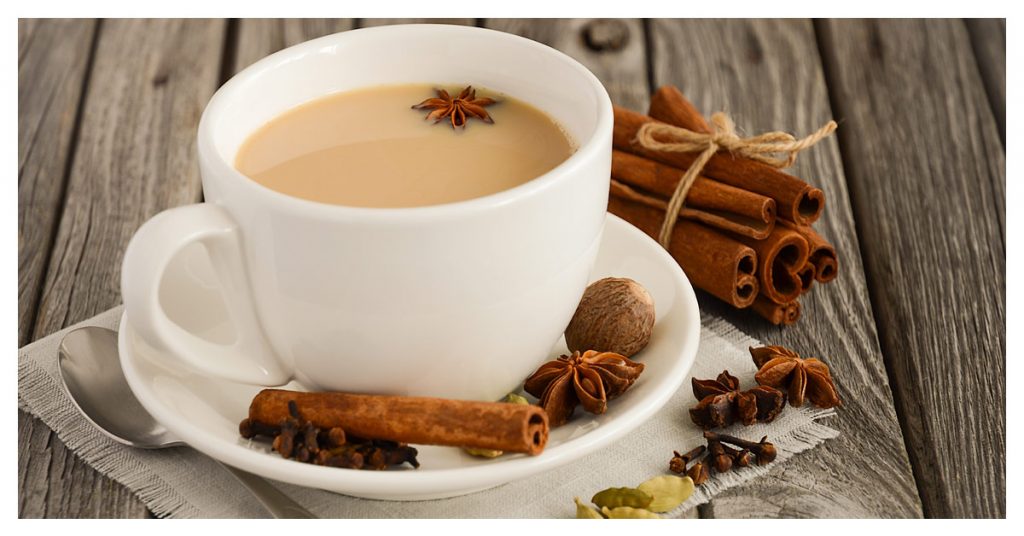
Undoubtedly the most popular among all tea variations in India, Masala Chai is a spicy, full-bodied tea infused with a blend of herbs and spices. Known as the “Trucker’s Chai” at hip cafes, it’s a favorite across generations. You can customize it with ginger (Adrak), black pepper, cardamom, cloves, tulsi leaves, cinnamon, fennel, or lemongrass — creating endless flavor combinations. Served hot in kulhads (clay cups) or tiny glasses, it pairs perfectly with Indian street snacks like samosas and pakoras.
Assam’s Lal Cha
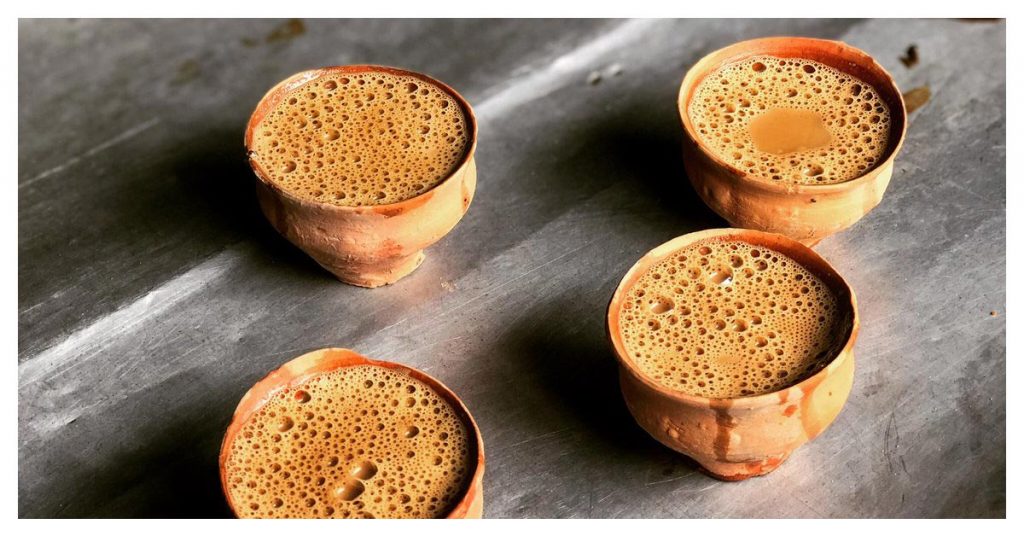
Straight from the tea estates of Assam, Lal Cha is a reddish-black tea served without milk but with a generous helping of sugar. It’s a staple in the northeastern states, especially Assam, Sikkim, Meghalaya, and Arunachal Pradesh. Despite being black tea, its decoction is smooth and not overly bitter, making it a comforting choice for travelers and locals alike.
Nathdwara’s Fudina Chai
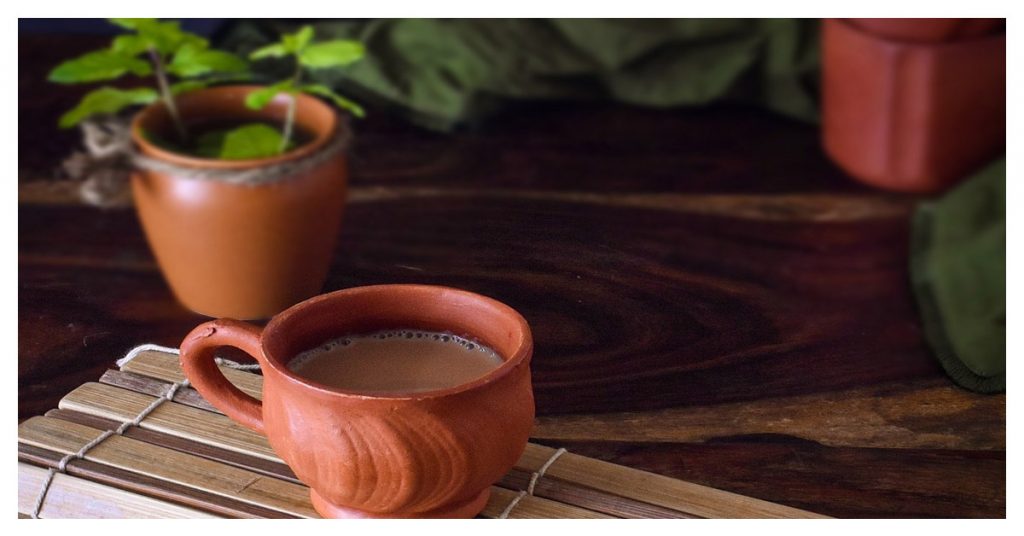
In the spiritual town of Nathdwara, Rajasthan, mint tea—locally known as Fudina Chai—is a refreshing take on traditional tea. Made with local mint leaves larger and more pungent than usual, this chai is served in clay kulhads and offers a strong, revitalizing minty punch. It’s often enjoyed near the Srinathji Temple and is a lesser-known gem among tea variations in India.
Ladakhi Butter Tea, or Gud Gud Chai
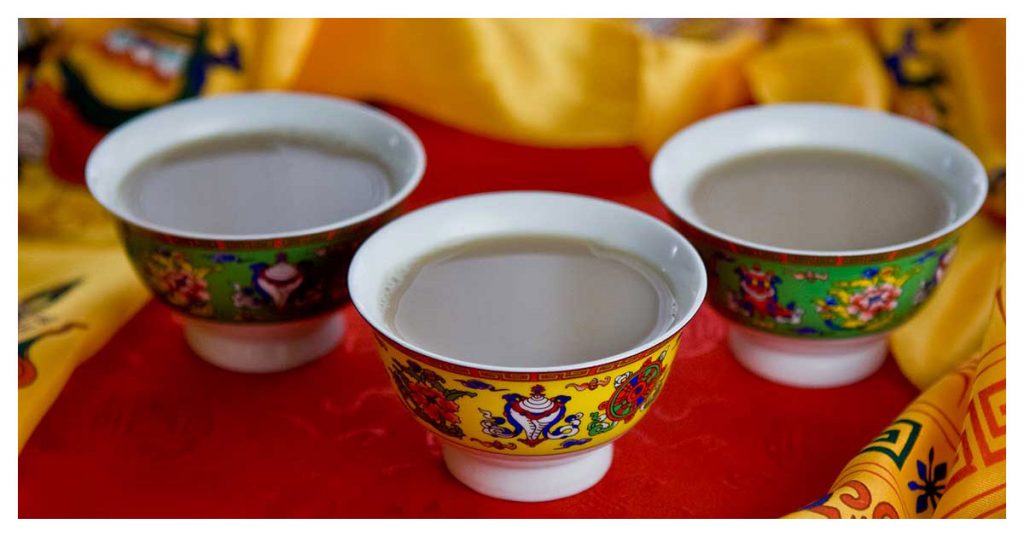
Also known as Po Cha, this unique tea originates from Ladakh and other Himalayan regions. Made from tea leaves, yak butter, and salt, Butter Tea is a staple in monasteries and homes throughout Ladakh, Nepal, Sikkim, and Bhutan. It has a rich, salty flavor and is an acquired taste but offers unmatched warmth in the cold mountain air.
Kashmir’s Kahwah
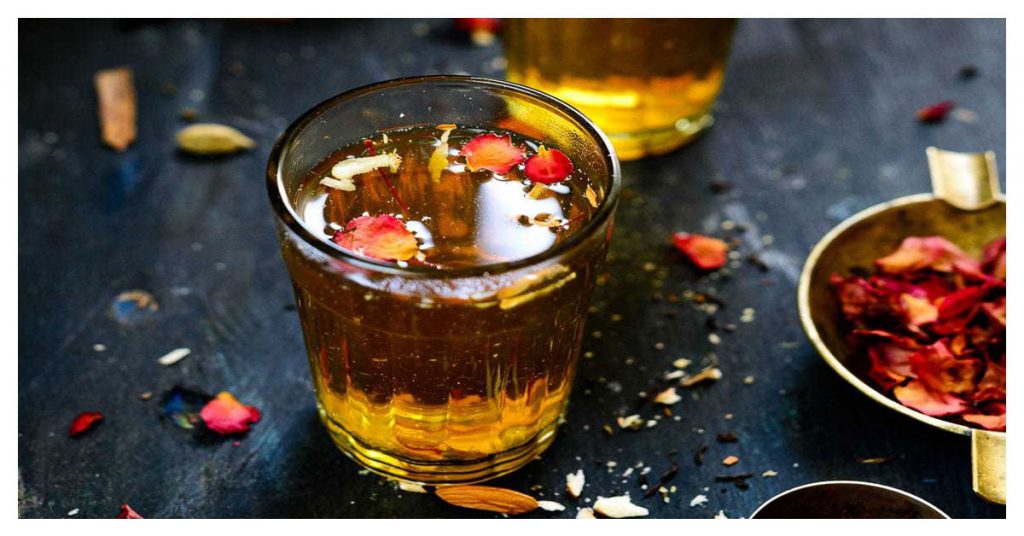
Kahwah is a delicately flavored green tea from Kashmir, infused with saffron, cardamom, almonds, and walnuts. Served without milk, it’s a soothing beverage ideal for cold weather. A steaming cup of Kahwah is often the first welcome gesture at hotels and homes in the valley—offering warmth, comfort, and a taste of Kashmiri hospitality.
Read more – The 10 Best Places For Afternoon Tea In NYC
Hyderabad’s Irani Chai
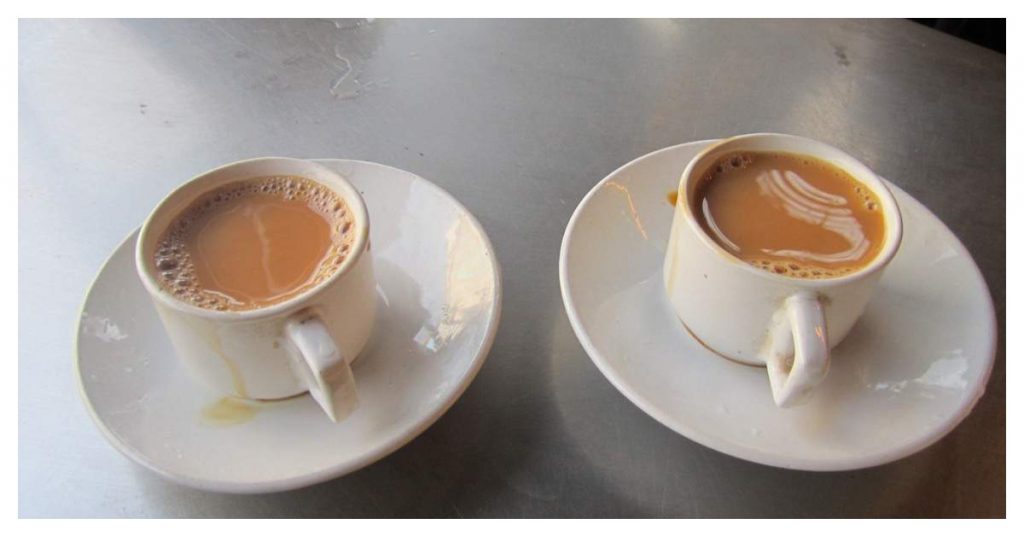
A signature of Hyderabad’s culinary culture, Irani Chai is brewed in large pots (Deguchis) over a long time. It’s thick, milky, and sweet, served alongside Osmania biscuits—salty treats named after the last Nizam. Its smooth, rich taste makes it a standout among tea variations in India, especially in South Indian cities with Persian influence.
Tamil Nadu’s Meter Chai
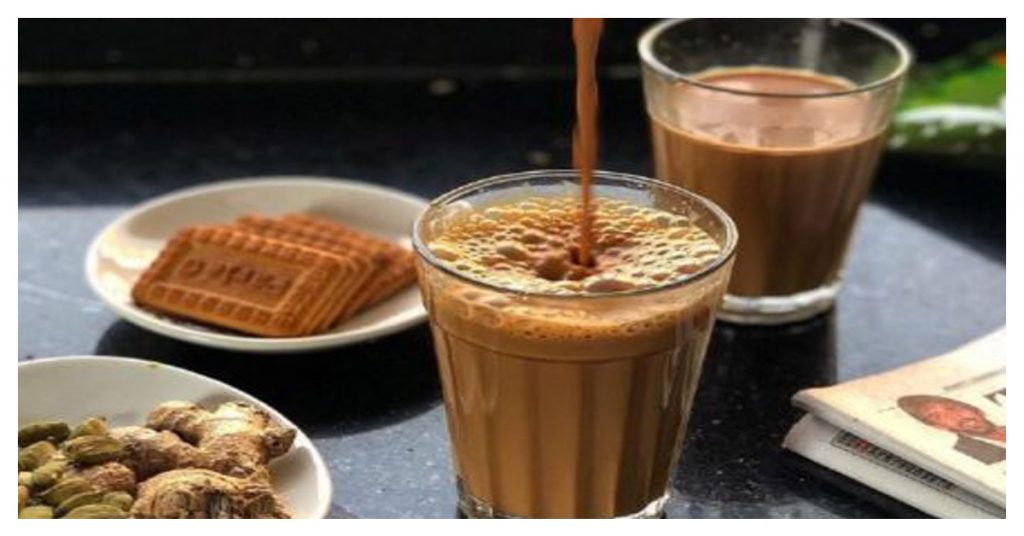
Popular across Tamil Nadu, Meter Chai gets its name from the theatrical way it is poured between two tumblers—stretching the tea “meter by meter.” It’s typically made in brass pots and served at roadside stalls and bus depots. Though Tamil Nadu is famed for its filter coffee, this frothy tea version holds its own among tea lovers.
Pune’s Amrutulya Chai
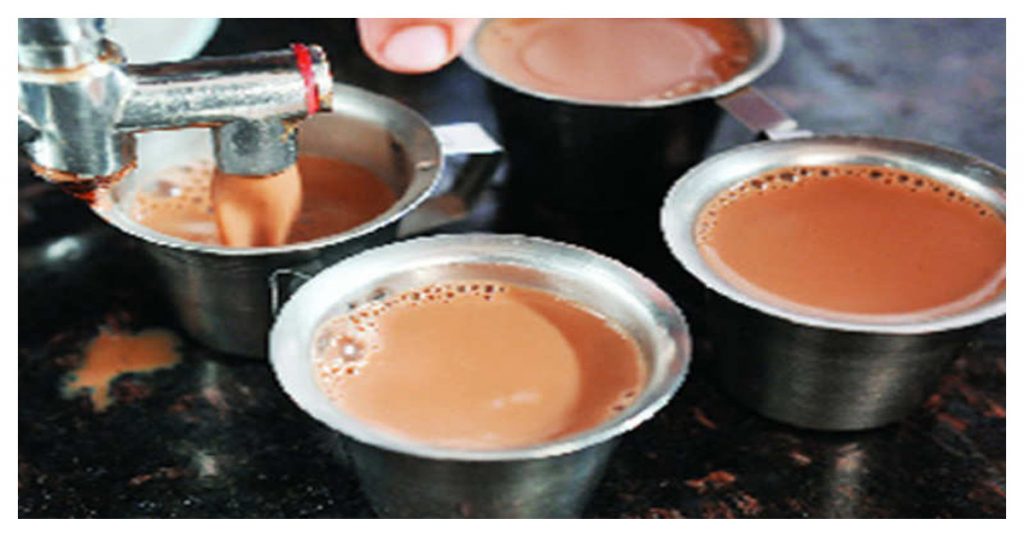
“Amrutulya” translates to “like nectar,” and this chai lives up to the name. Brewed in brass kettles and strained through cloth instead of metal filters, this old Pune specialty is rich, strong, and soul-satisfying. You’ll find it in the traditional Peths (local neighborhoods) of Pune, where tea is more than a drink — it’s a legacy.
Meri Wali Chai – The Homemade Favorite

Homemade tea is the type you make yourself. Tea leaves, water, milk, sugar, and sugar are all the same ingredients. Your proportion of all these ingredients, brewed perfectly to achieve the perfect taste, lingers on your tongue. In the end, we all end up in this world after experiencing all the other versions and experimenting with them.
You can enjoy this favourite refreshment outside colleges, at railway stations and bus stops, and in university canteens.

